How Much Does it Cost to Build a SaaS Platform like Monday.com?
Planning to develop a SaaS platform like Monday.com that has revolutionized project management with its seamless task tracking, team collaboration, and customizable workflows? This cloud-based platform has become a leading name in allowing users to create their own applications and project management software. If you’re looking to create a similar platform that stands out in the market, the question that’s bound to pop up is: ”How much does it cost to build a SaaS platform like Monday.com?”. The answer isn’t straightforward, as there are many factors that can influence the total price. From development and design to ongoing maintenance, each element plays a role in shaping your budget. Whether you’re building an MVP or a full-fledged platform, understanding these costs upfront is crucial to ensuring the success of your project. 💸
The price tag for a SaaS platform can vary depending on your choices—everything from the technology stack to the team you hire and the features you want. The key is knowing where to invest and where you can cut costs without sacrificing quality. Being mindful of your budget from the get-go can help you avoid surprises and keep your project on track financially.
Let’s get into the nitty-gritty and break down the cost to build a SaaS platform like Monday.com and the factors influencing it.
Table of contents
What is the Cost of Building a SaaS Platform like Monday.com?
The SaaS market has experienced tremendous growth since its inception, with projections showing it will reach $295 billion globally by 2025, according to Statista. Here is a table showing its tremendous growth over the years.
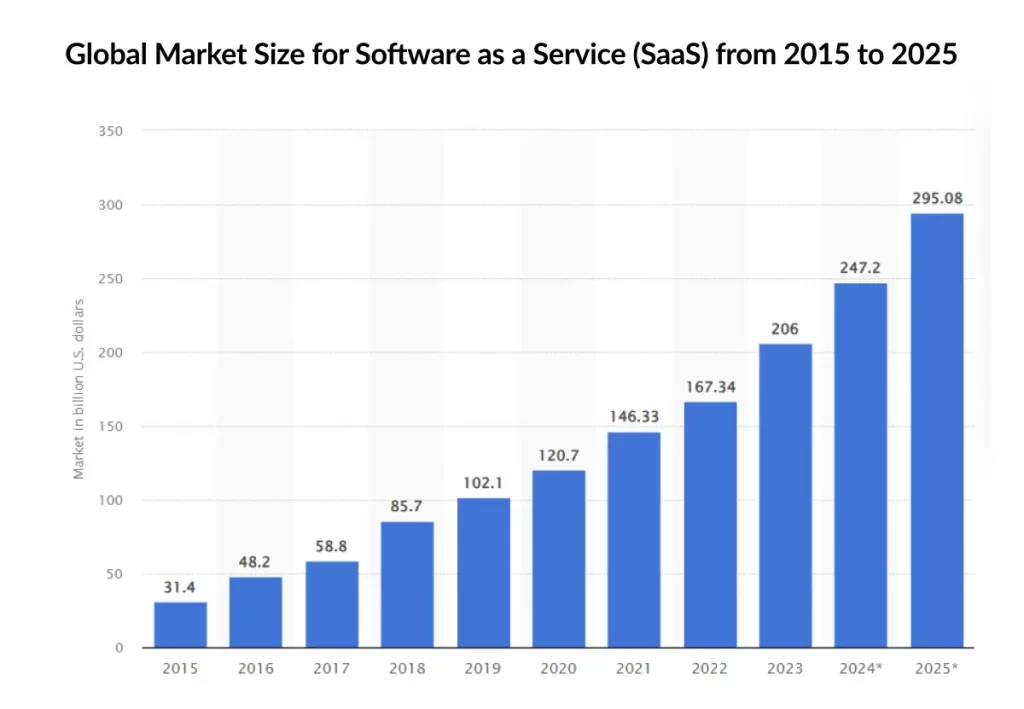
Now, when it comes to starting an SaaS platform like Monday.com, the cost can range from $25,000 to over $500,000. That’s a pretty broad spectrum, isn’t it? So, what exactly causes such a wide variation in price? Let’s take a closer look at the factors that influence these costs. 🤔
The complexity and feature set of your SaaS platform largely determines where you’ll fall in that range. A basic MVP with essential features could be on the lower end, typically between $25,000 – $60,000. This would cover the core functionality. Think of it as a “starter pack” for your SaaS, where you get the essentials without all the bells and whistles.
For a more mid-range, fully functional SaaS product with some advanced features, expect to budget around $60,000 – $150,000. This budget would include not only the core features but also some custom integrations, enhanced security, and a well-polished UI/UX. ✨
For enterprise-grade SaaS with a robust infrastructure, real-time collaboration tools, analytics, and high-level security—think Monday.com level—costs can escalate to $150,000 – $500,000 or more. This type of project often requires a larger development team, longer timeframes, and more extensive testing and security features to ensure smooth and safe operation. ✅
How to Calculate the Cost to Build a SaaS platform like Monday.com
If you’re wondering how to accurately calculate the cost to build a platform for a SaaS startup, there are tools and methods to help you calculate and manage a budget. Here are two popular approaches for SaaS cost estimation:
The Traditional Method – Startup Costs Calculator
The traditional startup costs calculator is a straightforward tool that takes a basic look at upfront expenses. It typically accounts for development costs, initial operational expenses, and a starting marketing budget. This is a good tool to get a high-level idea but keep in mind that it often overlooks ongoing costs like maintenance and upgrades—which are crucial for SaaS longevity. 🔣
If you’re looking for a quick, no-frills estimate, startup cost calculators can give you a ballpark figure. But remember, for SaaS platforms, one-time costs are only part of the equation. Ongoing expenses like server maintenance, support, and regular feature updates play a big role in keeping your SaaS running smoothly after launch.
Using a Financial Forecasting Tool
When you’re building a SaaS platform, a financial forecasting tool is a game-changer. It helps you map out your costs—like development, marketing, and server fees—so you know exactly where your money’s going. You can also estimate future revenue based on user growth and subscriptions. 📈
The best part? As your project evolves, you can update your forecast to stay on top of things, making adjustments when needed. This tool gives you control over your budget, helping you avoid unexpected surprises and ensuring your SaaS platform stays on track for success. It’s all about being proactive and prepared!
Also Read: SaaS: Software as a Service: Its Benefits, Challenges and Working Model
Factors that Affect SaaS Development Costs
Let’s dive into the key factors that can make or break your SaaS budget. These elements are crucial because they directly influence how much you’ll spend throughout the development process and beyond. Understanding these factors will give you the insight you need to make informed decisions about where to allocate your resources. 💰
1. Scope of SaaS product
The broader the scope, the more resources you’ll need. A straightforward project management app will be simpler and less expensive than one with in-depth analytics, user roles, and real-time collaboration features. Think carefully about what you need in your MVP versus what you want in future updates—start lean if possible and scale over time.
2. Development Complexity and Features
Every feature adds to the cost of building a SaaS platform. For example, incorporating real-time data processing, drag-and-drop interfaces, or task automation takes significant coding hours. To stay within budget, categorize your features as essential, nice-to-have, or future enhancements. Focusing on core functionality for the initial build can help prevent cost overruns. 🧑💻
3. UI/UX Interface
Great design is critical to retaining users. A user-friendly, intuitive UI/UX keeps users engaged, making them more likely to adopt the platform. The cost of UI/UX depends on the platform’s complexity and the designer’s expertise, but remember, a clean, intuitive design can reduce churn—users are more likely to stick with something that feels easy and pleasant to use. 📱
4. API Integration
API integrations allow your platform to connect with other software, providing additional value without reinventing the wheel. However, not all APIs are easy to integrate. Some require custom workarounds, testing, and troubleshooting. When planning, decide which integrations will benefit your users most and prioritize them. Focus on high-value integrations that will enhance functionality without excessive cost. 🤝
5. Team Structure
The structure of your development team significantly affects the cost to build a SaaS platform like Monday.com. For a basic platform, you might only need a few developers and a designer. But for a more complex platform, you’ll need specialists in areas like back-end development, front-end design, UI/UX, and quality assurance. The larger and more experienced your team, the more you’ll pay, but their expertise often leads to faster, more effective development. 👥
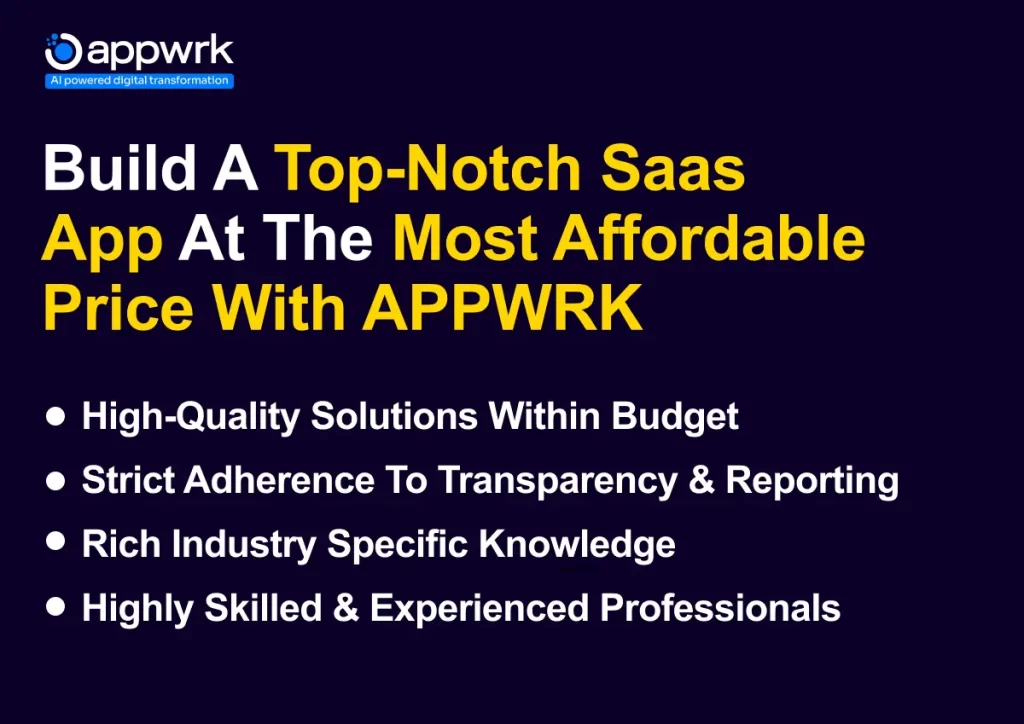
6. Developer Location and Hourly Rates
Hourly rates for developers vary widely based on location. Remote teams offer cost savings, but managing time zones, language differences, and cultural expectations can add complexity. For example, a the SaaS fees for a US-based developer can charge from $45 to $58 dollars for an hour. When you are choosing an app development team, you should do it based on your budget and management capacity. 💲
Also Read: 8 Easy Steps to Build Your SaaS Products: A Complete Guide
7. Maintenance and Support Services
Unlike other software, SaaS platforms need ongoing updates, bug fixes, and customer support. This can amount to around one-fourth of your total cost to build a Saas platform. These expenses ensure your software runs smoothly, keeps up with new tech standards, and addresses user feedback. Factor this into your budget early so it doesn’t catch you by surprise. 👍
8. Marketing
Marketing isn’t a one-time expense. Your marketing costs will include content creation, paid ads, social media, and search engine optimization (SEO). For SaaS, marketing is essential to attract users and drive retention, especially at launch. A launch budget might range from $2000 to $10, 000 depending on the scale and tactics you plan to use. 🚀
9. Infrastructure Costs
Cloud infrastructure, databases, servers, and storage are essential to SaaS platforms. These costs are often subscription-based, so they scale with usage. Infrastructure should be reliable and secure, as it impacts user experience and data security. Budget for cloud services, such as AWS or Google Cloud, as they are critical for scalability.
10. Security and Compliance
Security is non-negotiable in today’s SaaS world, where user data protection is critical. Compliance with regulations like GDPR, HIPAA, or PCI DSS can add costs but are necessary to protect your users and avoid legal issues. Security measures will protect both your reputation and your user base—so don’t skimp on them! 🔐
Also Read: 5 Things Enterprises Must Consider Before Buying SaaS Products – APPWRK IT Solutions
Why Choose APPWRK as a SaaS Development Partner
Selecting the right partner for SaaS development is essential for any project’s success. APPWRK stands out as a trusted and skilled SaaS development vendor, combining expertise, efficiency, and a client-focused approach to deliver secure, scalable, and customized platforms. Here are the key reasons why APPWRK is an excellent choice for SaaS development:
1. Extensive SaaS Expertise
APPWRK’s team has specialized knowledge in building a wide range of SaaS solutions, from MVPs for startups to fully scaled platforms for enterprises. They prioritize designing solutions that offer seamless user experiences with robust functionality and security. By leveraging industry best practices and the latest technologies, APPWRK develops SaaS platforms that meet market standards and align with user expectations.
2. Flexible and Cost-Effective Development Models
APPWRK offers flexible engagement models to meet the varying budget constraints of their clients. Their goal is to deliver maximum value at competitive rates, making high-quality SaaS development accessible. By focusing on necessary features and reducing excess costs, APPWRK ensures clients achieve quality results without inflating their budgets.
3. Full-Cycle Development Process
APPWRK follows a comprehensive development process, covering each stage from discovery and prototyping to testing and deployment. They begin with a detailed understanding of the client’s goals and audience to craft a clear project roadmap. This process ensures that every developed feature aligns with client objectives, resulting in a polished, market-ready platform.
4. Ongoing Support and Maintenance
APPWRK provides reliable, ongoing support and maintenance post-launch, ensuring that each platform remains secure, high-performing, and adaptable to changing needs. Their team handles all necessary updates and performance monitoring, allowing clients to focus on scaling their businesses.
5. Diverse Team of Skilled Professionals
APPWRK’s team consists of developers, designers, QA specialists, and project managers who work together to create cohesive, user-friendly SaaS platforms. With expertise spanning front-end and back-end development, as well as UX/UI design, APPWRK’s professionals deliver intuitive, efficient solutions that meet high-quality standards.
6. Proven Success with Global Clients
With a broad client base across the UK, UAE, USA, Australia, and beyond, APPWRK has developed SaaS solutions for diverse industries, including healthcare, finance, e-commerce, and education. Their track record showcases their commitment to quality and client satisfaction, with many clients returning for additional projects due to APPWRK’s consistent delivery and dedicated support.

Tips for Reducing SaaS Startup Costs
Building a SaaS platform is an exciting but often expensive journey. If you’re looking to keep costs down while developing a high-quality product, here are some cost-saving strategies to consider: 💸
1. Develop an MVP (Minimum Viable Product)
Starting with a Minimum Viable Product (MVP) is a smart move to reduce initial costs. Rather than developing a fully loaded platform from the beginning, focus on the core functionality that solves a primary user problem. Take Monday.com, for example—it launched with the most required features, and then gradually added new features as demand grew. By focusing on an MVP, you’ll spend less on development and gain valuable user feedback early on, allowing you to make data-driven improvements before scaling up. ⬆️
2. Outsource Development
Outsourcing can be a great way to reduce development costs without sacrificing quality. Hiring an in-house team can be expensive due to salaries, benefits, and equipment costs, whereas outsourcing to specialized SaaS development agencies or freelance experts can help you tap into global talent at a fraction of the price. For instance, teams in Eastern Europe and Asia often offer competitive rates compared to U.S.-based developers, making it possible to work with skilled professionals on a budget. 😲
3. Use Third-Party Services for Essential Features
Rather than building every feature from scratch, consider leveraging third-party services to handle essential but complex features. For example, you can use ready-made APIs for tasks like authentication, payments, and notifications, saving time and development resources. Monday.com, for instance, offers integrations with tools like Excel, Google Drive and Dropbox, many of which can be enabled via pre-built APIs, reducing the development effort while enhancing your platform’s functionality. 👍
4. Choose Shared Hosting Initially
Infrastructure costs can quickly add up, especially if you’re using dedicated or cloud servers from the start. Opting for shared hosting can be a budget-friendly alternative in the early stages. With shared hosting, you’ll share server resources with other websites, which is far more affordable than private hosting. This option is sufficient for small-scale operations and early-stage MVPs. Once your platform gains traction, you can switch to more robust cloud services, like AWS or Google Cloud, that support scaling without breaking the bank. 🤝
5. Start with One Platform
While it’s tempting to launch a SaaS platform that’s available on multiple devices and operating systems (desktop, iOS, Android), doing so can significantly increase development and testing costs. Instead, start with one platform—either web-based or mobile-based—depending on where your target audience is most active. Once you’ve gained traction and user feedback, you can allocate resources to develop for other platforms, just like Monday.com, which started as a web app before expanding to mobile platforms.
6. Embrace Automation for Repetitive Tasks
Automation can save you both time and money, especially for repetitive tasks that don’t require manual intervention. Whether it’s automated testing, onboarding processes, or user support, there are tools available to streamline these areas without the need for constant oversight. Automated tools like Intercom for customer support, Zapier for task automation, or AWS for server management allow you to cut down on manpower hours while still delivering a professional user experience. Automating where possible lets you focus on scaling your platform without unnecessary labour costs. 🔄
Conclusion
Building a SaaS platform like Monday.com requires careful planning, especially when it comes to managing costs. From development to scaling, understanding the factors that influence your budget is essential for making smart financial decisions. By focusing on key areas such as feature complexity, team structure, and ongoing maintenance, you can allocate resources effectively and avoid unnecessary expenses.

Are you planning to build a SaaS application with cutting-edge technology? Look no further than APPWRK IT Solutions, a leader in app development and AI-driven digital transformation. With an exceptional client retention rate and a strong client base of over 3,400 businesses, APPWRK is the ideal partner to create a scalable and future-ready SaaS solution for your company. Contact us today to start a successful partnership and ensure your business’s growth and success!
Frequently Asked Questions
- Give a Software as a Service (SaaS) global market overview.
The Software as a Service (SaaS) market has seen explosive growth in recent years, with businesses across industries increasingly adopting cloud-based solutions for their scalability, flexibility, and cost-effectiveness. The global SaaS market is expected to continue its upward trajectory, with industries like healthcare, finance, e-commerce, and education leading the demand. The shift toward digital transformation and remote work has further accelerated SaaS adoption, making it a key player in modern business operations. The market is also evolving, with SaaS platforms offering more advanced features like AI integration and automation.
2. What are the SaaS app development regions?
SaaS app development is happening across the globe, with key hubs emerging in North America, Europe, and Asia. The United States, particularly in tech-heavy areas like Silicon Valley, continues to be a major leader in SaaS innovation. However, regions like Eastern Europe and Southeast Asia are growing rapidly due to their highly skilled talent pool and cost-effective development solutions. Countries such as India, the Philippines, and Ukraine have become hotspots for outsourcing SaaS development, offering quality services at competitive rates.
3. How long does it take to build a SaaS platform?
The timeline for building a SaaS platform varies greatly depending on factors such as the complexity of the features, the size of the development team, and the level of customization required. On average, developing a minimum viable product (MVP) can take between 3 to 6 months. Full-scale SaaS platforms with advanced features could take 6 to 12 months or longer to complete. It’s important to account for ongoing iterations, bug fixes, and testing during this period, which can impact the overall timeline. Regularly reviewing progress with your development team will help ensure the project stays on track.
4. What are the average costs for building a SaaS platform
Here’s a more detailed breakdown of the three main pricing categories. Think of these as the tiers of SaaS development:
- Basic MVP: $25,000 – $60,000
A basic MVP lets you validate your idea in the market without committing too much capital. You’ll get a limited feature set and straightforward design, and it’s perfect for a soft launch or beta testing.
- Mid-range SaaS: $60,000 – $150,000
This budget range gives you a more polished product with additional features like task automation, integrations with popular tools, and user-friendly interfaces. You’re aiming for something that stands out more in the market and can attract a larger user base.
- Enterprise-level SaaS: $150,000 – $500,000
Here, you’re building a powerhouse platform! Enterprise-level SaaS covers everything from complex workflows, custom APIs, advanced analytics, and robust security. Platforms at this level are designed to handle large-scale operations, multiple user roles, and high traffic with ease.
About The Author

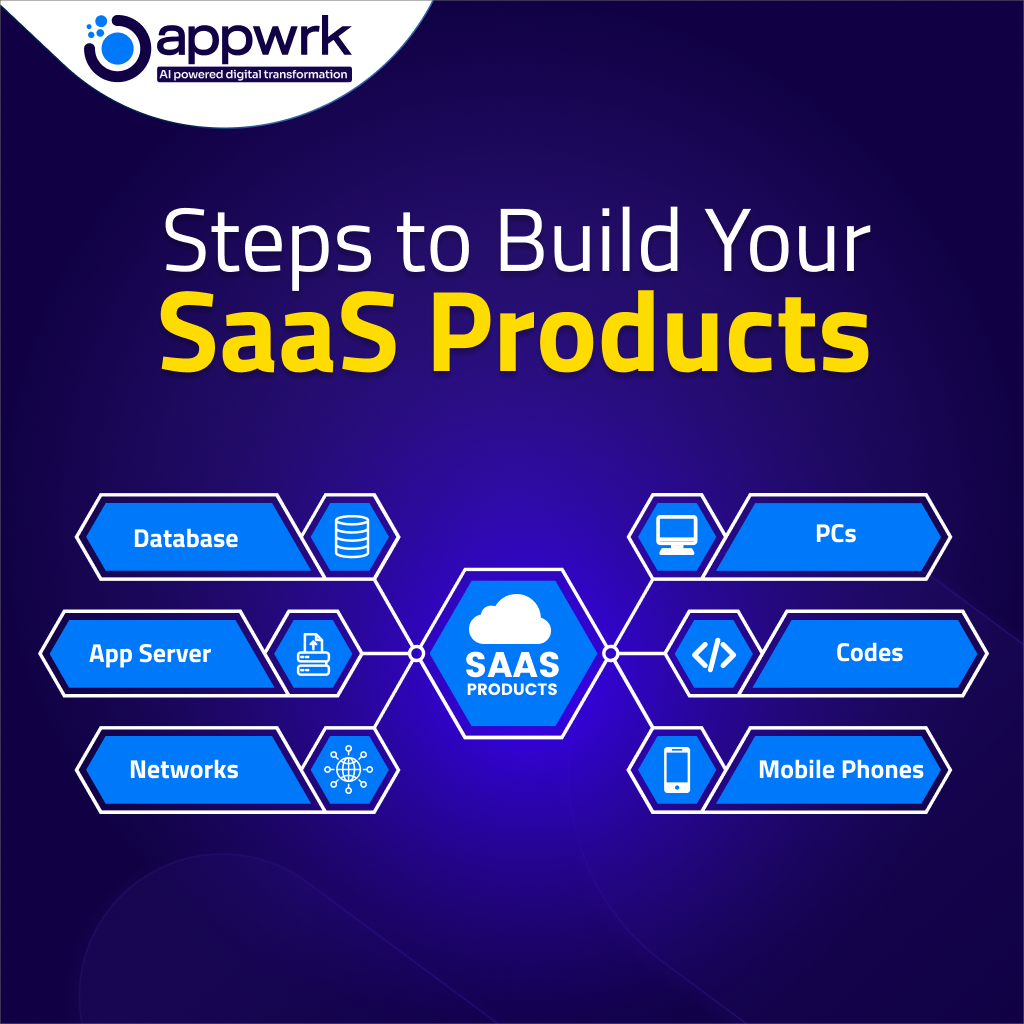
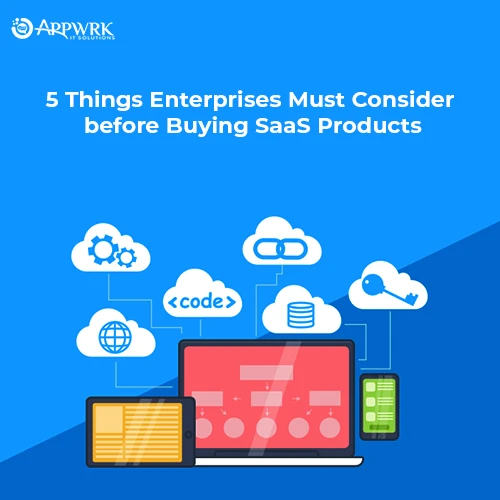

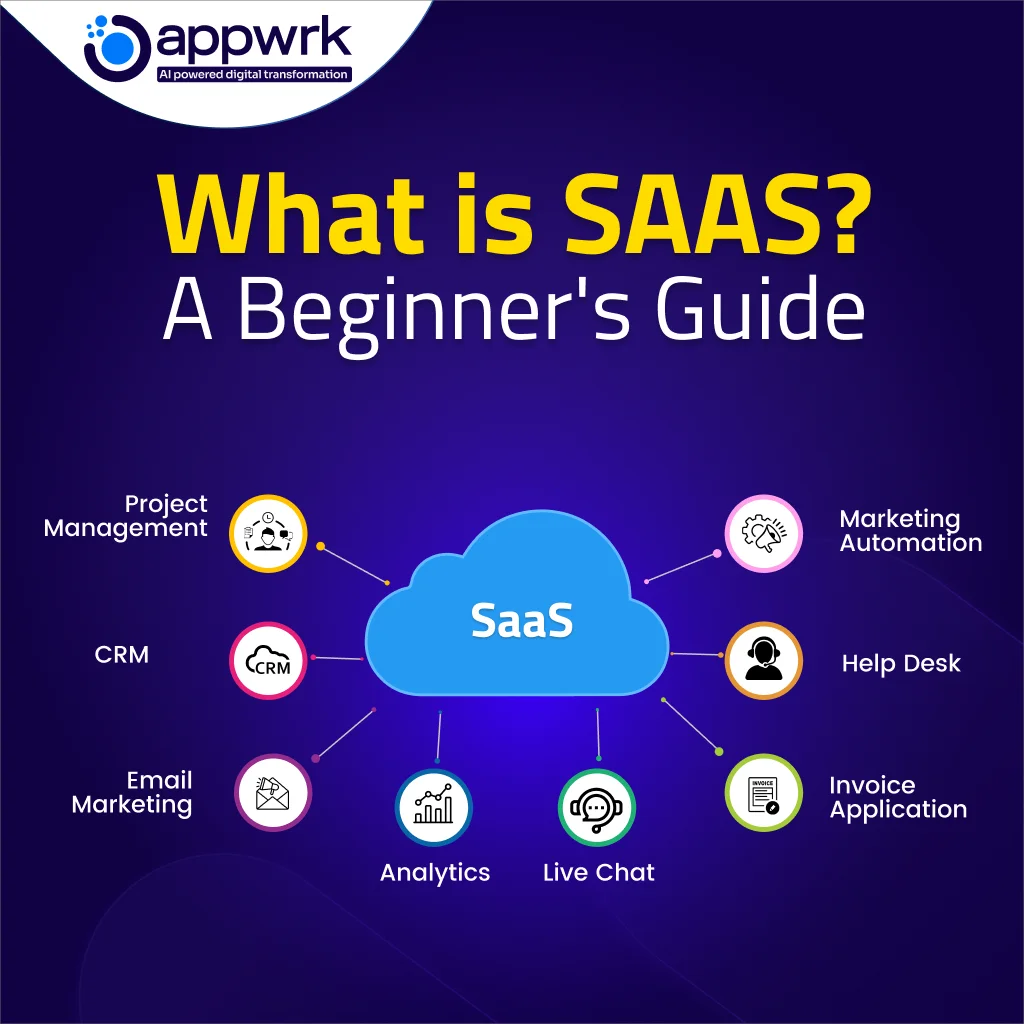
 Free Quote
Free Quote
















































